Granite Geek: Forest streams are so pretty; too bad they’re such a pain to measure
|
Published: 04-15-2024 4:18 PM
Modified: 04-15-2024 8:54 PM |
One of my favorite parts of hiking in New Hampshire is coming across a rushing brook or mountain stream. They are one of nature’s most beautiful creations.
But we live in reality so I realize there are complications even when things are beautiful. For example, I don’t drink any water in the White Mountains untreated because of possible gut-disrupting microbes from wildlife. There’s also the fact that decades of acid rain from burning fossil fuels has altered the pH of the water, which is slightly depressing.
Now there’s something else to think about: That stream is releasing a potent greenhouse gas!
“This is something the research community has been working on only for the last 10, 15 years,” said Wilfred Wollheim, an associate professor of natural resources and environment at UNH who alerted me to this intriguing bit of information. “It hasn’t been considered until relatively recently.”
Happily, this isn’t the bummer that it seems because the release of carbon dioxide is not something that humans have done. But it is something we need to understand better, which is where recent work by Wollheim’s team comes in.
As he explained it, we have long known that CO2 is absorbed and released by New England’s forest soils – a form of respiration, if you will. Researchers have various machines that measure this breathing as part of calculating the planet’s total carbon budget.
What has changed recently is the understanding that some of this CO2 – maybe a lot, maybe a little – is not stored in the soil but gets dissolved into surface water like those babbling brooks I admire and then released into the atmosphere. (A side note: When you have my last name, hearing the phrase “babbling brooks” brings back middle-school memories.)
Article continues after...
Yesterday's Most Read Articles
 Hometown Heroes: Couple’s sunflower fields in Concord reconnects the community to farming
Hometown Heroes: Couple’s sunflower fields in Concord reconnects the community to farming
 Boscawen resident takes issue with proposed town flag designs
Boscawen resident takes issue with proposed town flag designs
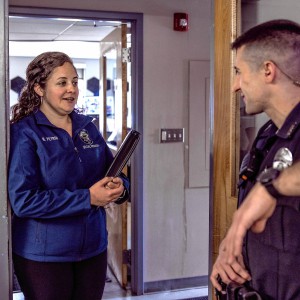 Skepticism turns to enthusiasm: Concord Police welcome new social worker
Skepticism turns to enthusiasm: Concord Police welcome new social worker
 With new plan for multi-language learners, Concord School District shifts support for New American students
With new plan for multi-language learners, Concord School District shifts support for New American students
 With Concord down to one movie theater, is there a future to cinema-going?
With Concord down to one movie theater, is there a future to cinema-going?
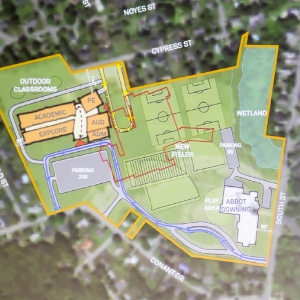 Opinion: The Concord School Board can restore trust with residents
Opinion: The Concord School Board can restore trust with residents
“Research in 2006 suggested it was important. Based on preliminary estimates, perhaps half of (CO2) we think is being stored in forests is actually going to streams, and released to the atmosphere,” said Wollheim.
“Perhaps half” is a very unsatisfying metric. We need more measurements in the field to figure out what’s actually happening.
“The problem with streams, whenever you want to measure something, is that they vary so much in flow. Conditions get turbulent, get slow, you have more water, less water. And we really want to capture what’s going on during storms,” Wollheim said. That requires a device that can be left out from ice-out to ice-in, that stays upright and floats so that it measures what’s happening below water, without getting stuck in the mud during dry periods.
Wollheim’s graduate student Drew Robison took on the task.
“He started with a device that had been developed in the ocean, which is relatively stable compared to streams,” said Wollheim. Lots of trial and error and brainstorming later they had a design, which has been published in the journal Limnology and Oceanography: Methods, for modifying a sensor developed to measure dissolved carbon dioxide in oceans. The team plans to make these sensor modifications publicly available, allowing other scientists to use the design.
Better knowledge about CO2 regimes of streams and rivers can help us understand the effect of land use choices on carbon sequestration in forests, not to mention stream metabolism or the dynamics of runoff.
What I like about this story is that it’s a sign of the step-by-step-by-step ways that our knowledge of the physical world advances. We only hear about the big changes, the breakthroughs and failures, but they all require a million lead-in moves, such as modifying existing equipment to better measure a poorly understood thing that will help us better understand more complicated things.
Wollheim has begun related projects, modifying sensors to measure carbon and nitrogen in other environments, including forests and agricultural lands. That could provide almost-real-time information for keeping nutrients in soil and reducing fertilizer use.
“”It’s nothing really earth-shattering,” said Wollheim. “It was just thinking through, what do we need for streams and reporting equipment … and working at it.
“This is the Earth – there’s a lot going on here! We’re just trying to understand how all that fits together.”

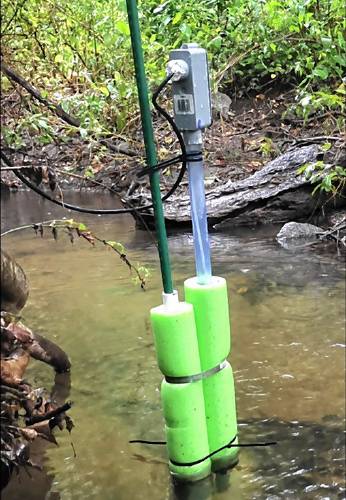
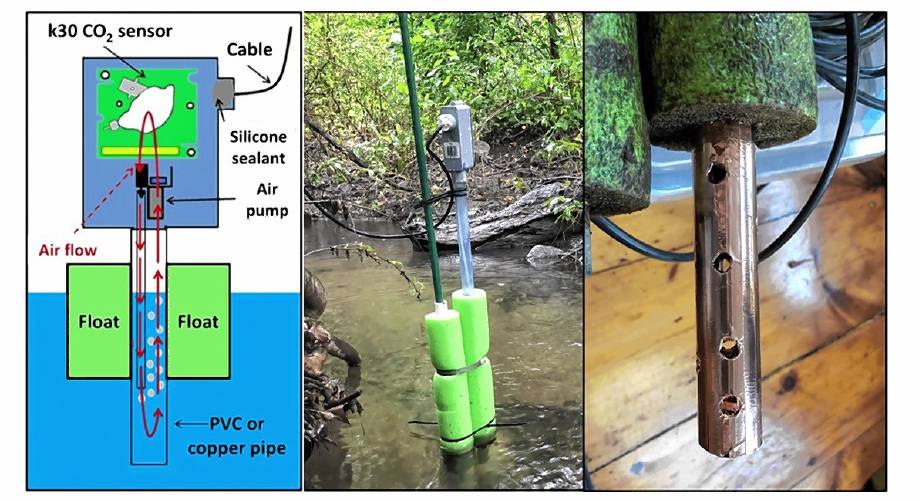

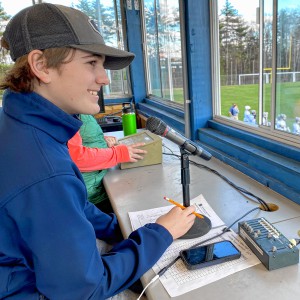 Voice of the Pride: Merrimack Valley sophomore Nick Gelinas never misses a game
Voice of the Pride: Merrimack Valley sophomore Nick Gelinas never misses a game With less than three months left, Concord Casino hasn’t found a buyer
With less than three months left, Concord Casino hasn’t found a buyer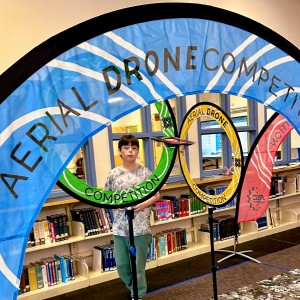 Kearsarge Middle School drone team headed to West Virginia competition
Kearsarge Middle School drone team headed to West Virginia competition Phenix Hall, Christ the King food pantry, rail trail on Concord planning board’s agenda
Phenix Hall, Christ the King food pantry, rail trail on Concord planning board’s agenda
